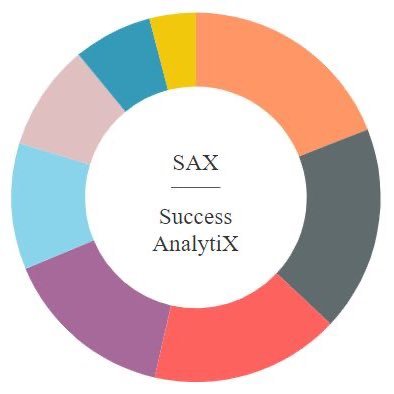SQL, or Structured Query Language, is a powerful language used to communicate with databases. Here's a breakdown of some key vocabulary:
Core Concepts
- Database: A collection of organized data, often structured in tables.
- Table: A set of related data organized in rows and columns.
- Row: A horizontal record within a table, representing a single entry.
- Column: A vertical category of data within a table, representing a specific attribute.
- Field: Another term for a column.
- Record: Another term for a row.
Data Types
- Integer: Whole numbers (e.g., 10, -5, 0).
- Decimal/Float: Numbers with decimal points (e.g., 3.14, -0.5).
- Character/Varchar: Text data of varying length.
- Date/Time: Represents dates and times.
- Boolean: A logical data type with values of TRUE or FALSE.
SQL Commands
- SELECT: Retrieves data from one or more tables.
- FROM: Specifies the table(s) to retrieve data from.
- WHERE: Filters the data based on specific conditions.
- ORDER BY: Sorts the results in ascending or descending order.
- GROUP BY: Groups rows that have the same values in specified columns.
- HAVING: Filters groups of rows based on conditions.
- INSERT: Adds new rows to a table.
- UPDATE: Modifies existing data in a table.
- DELETE: Removes rows from a table.
- CREATE TABLE: Creates a new table.
- ALTER TABLE: Modifies the structure of a table (e.g., add or remove columns).
- DROP TABLE: Deletes an entire table.
Other Important Terms
- Primary Key: A unique identifier for each row in a table.
- Foreign Key: A column that references the primary key of another table, establishing a relationship between tables.
- Join: Combines data from two or more tables based on a related column.
- Subquery: A nested SELECT statement within another SQL statement.
- View: A virtual table that is created from the result of an SQL query.
- Index: A data structure that improves the speed of data retrieval.


No comments:
Post a Comment